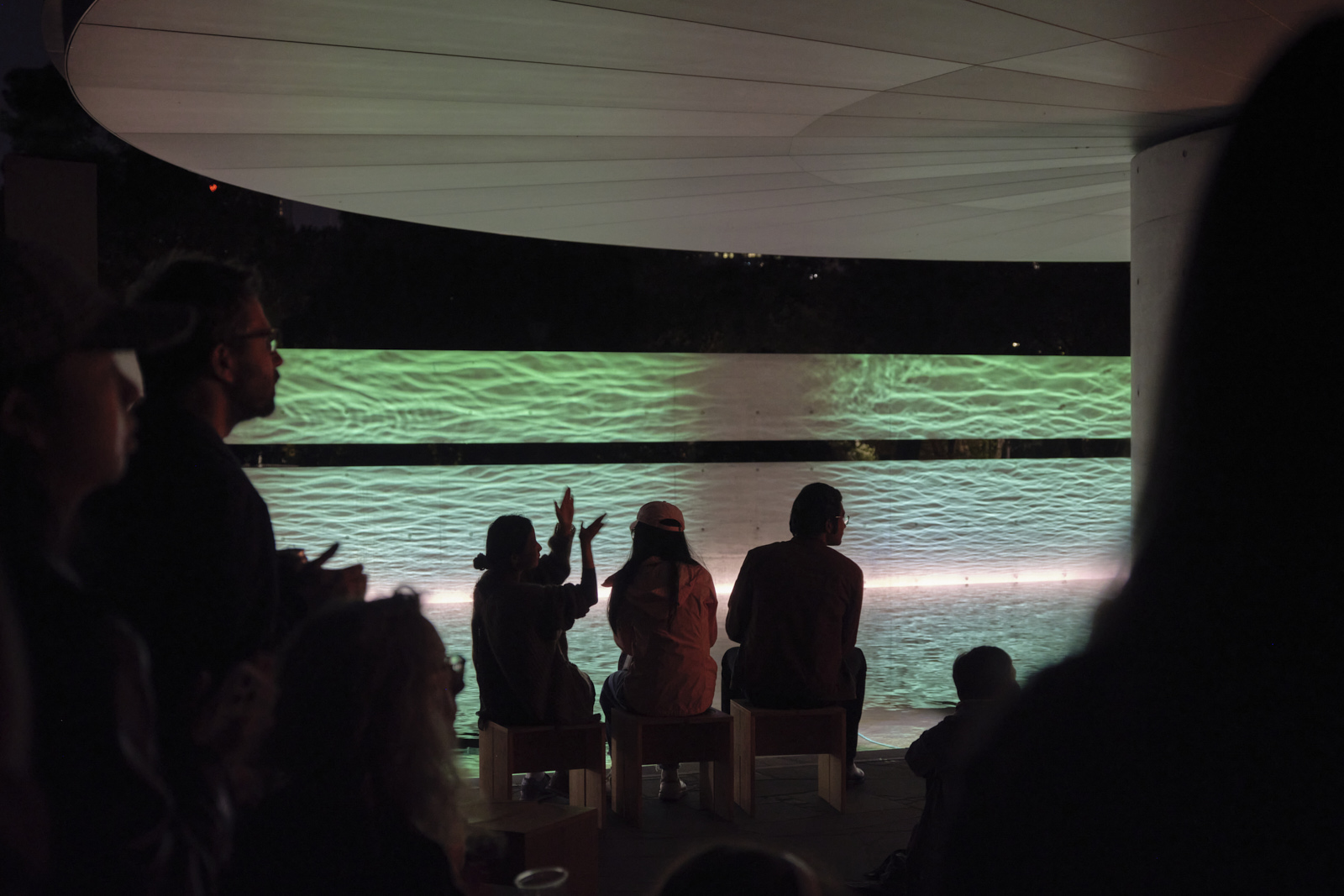Cultural and technological shifts. Societal and environmental drifts. What will tomorrow’s objects and spaces be made of? Will form, fabrication and experience follow intention? And can design foster mutualistic relationships within the natural world? Solely focusing on designing the new, however, is unsustainable. While navigating the traps of anthropocentricity and technological solutionism, there is also a need to ground design in the plurality of human and nonhuman realities.
Unmaking the linear
A strategic framework for advancing circular and regenerative practice. It challenges the extractive logic behind most design processes and explores alternatives grounded in ecological responsibility and living systems intelligence. Each strategy reconsiders production, consumption, and value — moving design beyond linearity toward entangled, adaptive ways of making.
Cite this framework: Olivier Cotsaftis (2023). Unmaking the Linear: A Strategic Framework for Circular and Regenerative Practice. Author’s website, accessed [Month Day, Year].
- Rethink current paradigms. Imagine alternatives. Unlock regenerative potentials. Use alternative resources and resource traceability tools. Design policy innovations.
- Redesign for disassembly and/or decay. Reduce resource consumption through advanced manufacturing (e.g., digital and biofabrication). Use mono-materials where possible. Lower energy consumption.
- Refuse. Reduce consumption. Incentivise behavioural change. Adopt degrowth business models.
- Reuse instead of replacing.
- Repair instead of discarding.
- Restore to extend lifecycle. Retrofit to improve performance and experience.
- Repurpose. Revive resources through upcycling.
- Recover resources through relevant collecting, sorting and processing systems.
- Rot (decay) organic materials through home or industrial composting.
- Rest resources for future use.

Materials for Coexistence, MPavilion (© Lucy Foster)
Designing conditions for coexistence
The mutualistic entanglements that shape the non-mechanical, non-digital systems in which we live in are often overlooked. Biologically speaking, humanity isn’t the natural master of the broader ecological system, but is inherently a part of, and bound to it.
In this context, more-than-human design offers a radical rethinking of anthropocentric narratives, attempting to advance mutualism across the various kingdoms of life. Yet, rather than speculatively redistributing agency to nonhuman collaborators, it should be seen as a practice that seeks to construct conditions capable of supporting the coexistence of living species with other living and nonliving things.
Beyond binaries: New relationships
Our relationship with nature is rather binary. We either want to exploit it or save it. None of this is beneficial in the long term. What we perhaps should recognise is that nature is not an outsider.